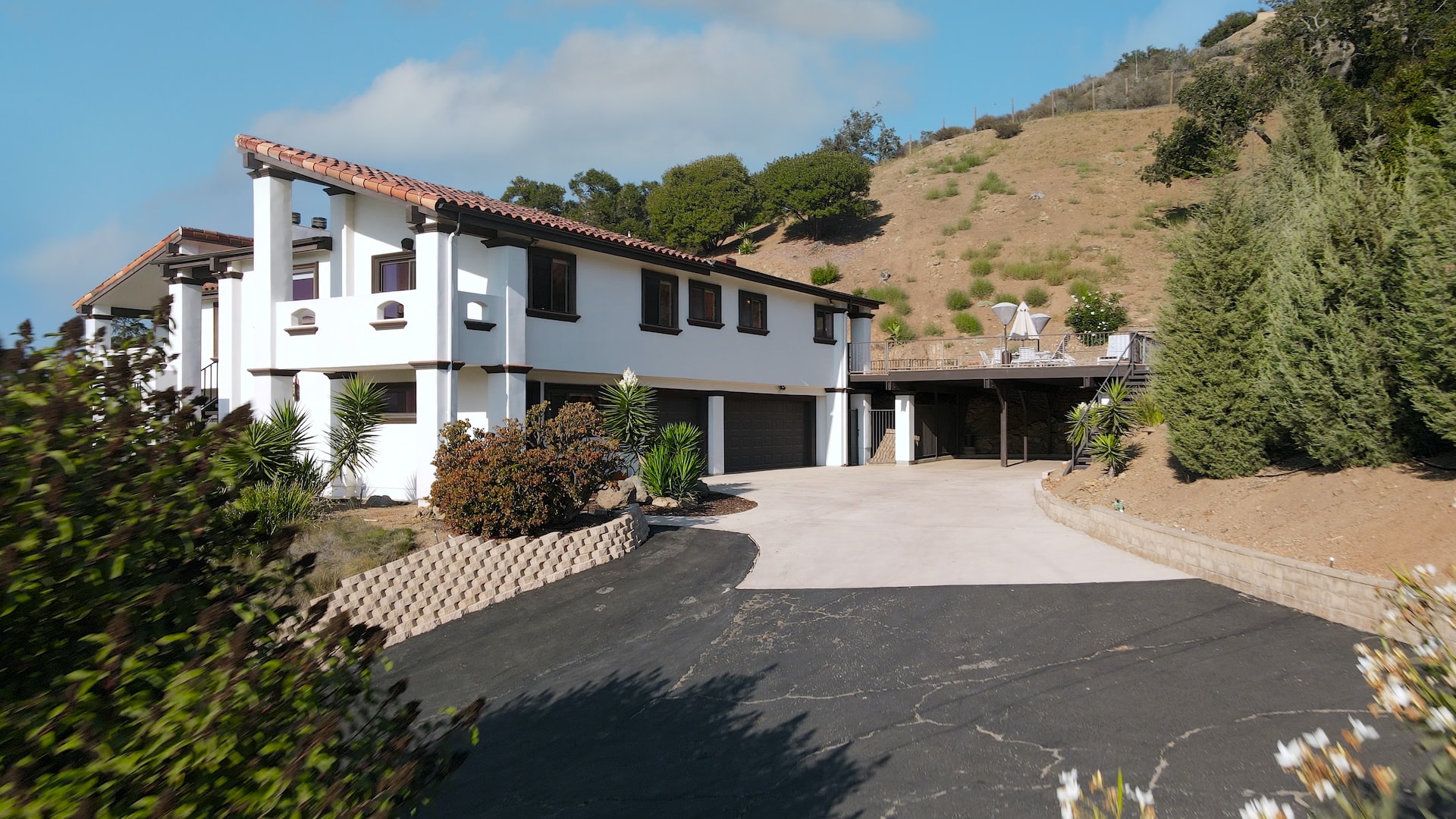Resin-bound driveways are highly durable and low maintenance, with the potential to last up to 20 years. However, there are certain situations where homeowners look to repair or renew their existing resin-bound driveways either because the installation has become cracked, faded or tired. In situations like this, there are a number of ways in which the surface of the resin-bound driveway can be renewed, and it all boils down to the option that best suits your needs.
Fixing cracks
A resin-bound surface material is highly porous and flexible, which means that it has the capacity to withstand movement to a certain level (this is why using a tarmac sub-base is always advised). What this means is that this particular system is less prone to cracks because it can cope better with movement within its base. So on the rare occasion that cracks do form within the resin-bound surface, repairs can be easily carried out by any reputable resin-bound driveway company. In many cases, the company that carried out the initial installation of the driveway will come back and carry out the repairs for you at little to no cost.
Cleaning
One of the benefits of a grey resin driveway is that it requires minimal maintenance. This means that many times, all that is needed to renew your resin-bound surface is a little TLC. A good recommendation will be to sweep the surface with a hard bristled brush (not metal) every 6-12 weeks. This maintains the fresh look of the surface by preventing excess dirt from building up. Another alternative is to use a mixture of regular household detergent and water to scrub the surface before brushing it away. A power-washer can also be used; just ensure to set the fan at least 200mm above the surface and use cold water only.
For surfaces with tyre marks, specialist products like a heavy duty de-greaser and a pressure washer may be required to make removing the marks easier.
Re-sealing
This is done in a series of straightforward steps, which starts with the vacuuming of the surface to de-clog any ingress of dirt from the gaps. The surface is then de-greased, and jet washed with appropriate chemicals to get it clean before a thin coating of resin is applied using a roller.
In addition to restoring the original fresh and shiny appearance of the surface, re-sealing a resin-bound surface can also improve its anti-slipping properties.
Patch Repairs
This type of repair is usually done on much older resin-bound driveway installations. It can also be done on surfaces that have suffered from damages beyond just cracks. Although this option is ideal for restoring functionality and preventing further crumbling of the surface at a lower cost, it has a downside and the downside is the fact that the patches will be noticeable. So while it is cost-effective, it might not be aesthetically pleasing.
Overlay
This is a more preferable option to patch repairs. It is also effective for renewing a resin-bound surface that has failed. The process simply involves chiselling out around the edges of the current resin-bound surface and scraping back the surface. Once this is done, a new layer of resin-bound material is trowelled onto the base and feathered down to the edges while ensuring that the new surface remains flush with the trim. Although many homeowners tend to shy away from this option for fear of the costs, it is important to bear in mind that an overlay does not necessarily mean starting totally afresh, and in certain cases, it is the more cost-effective option for renewing your resin-bound surface.
Conclusion:
Renewing a faded-looking or cracked resin-bound driveway is always a more cost-effective option than a total replacement. From cleaning and re-sealing to fixing cracks and overlay, there are different ways to give your tired resin-bound driveway a fresh and renewed appearance.



 Bitcoin
Bitcoin  Ethereum
Ethereum  Tether
Tether  XRP
XRP  Solana
Solana  USDC
USDC  TRON
TRON  Cardano
Cardano  Lido Staked Ether
Lido Staked Ether  Avalanche
Avalanche  Toncoin
Toncoin